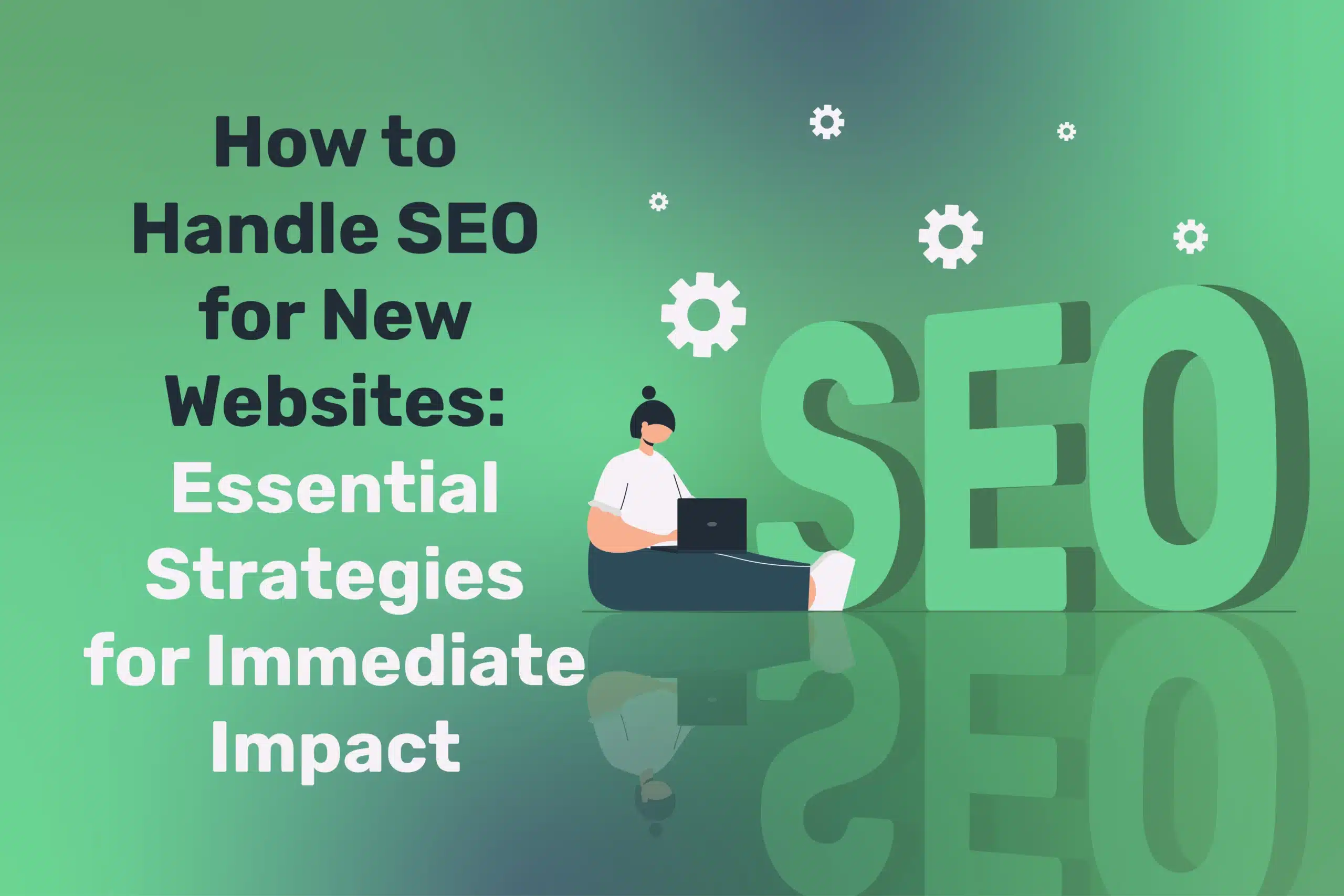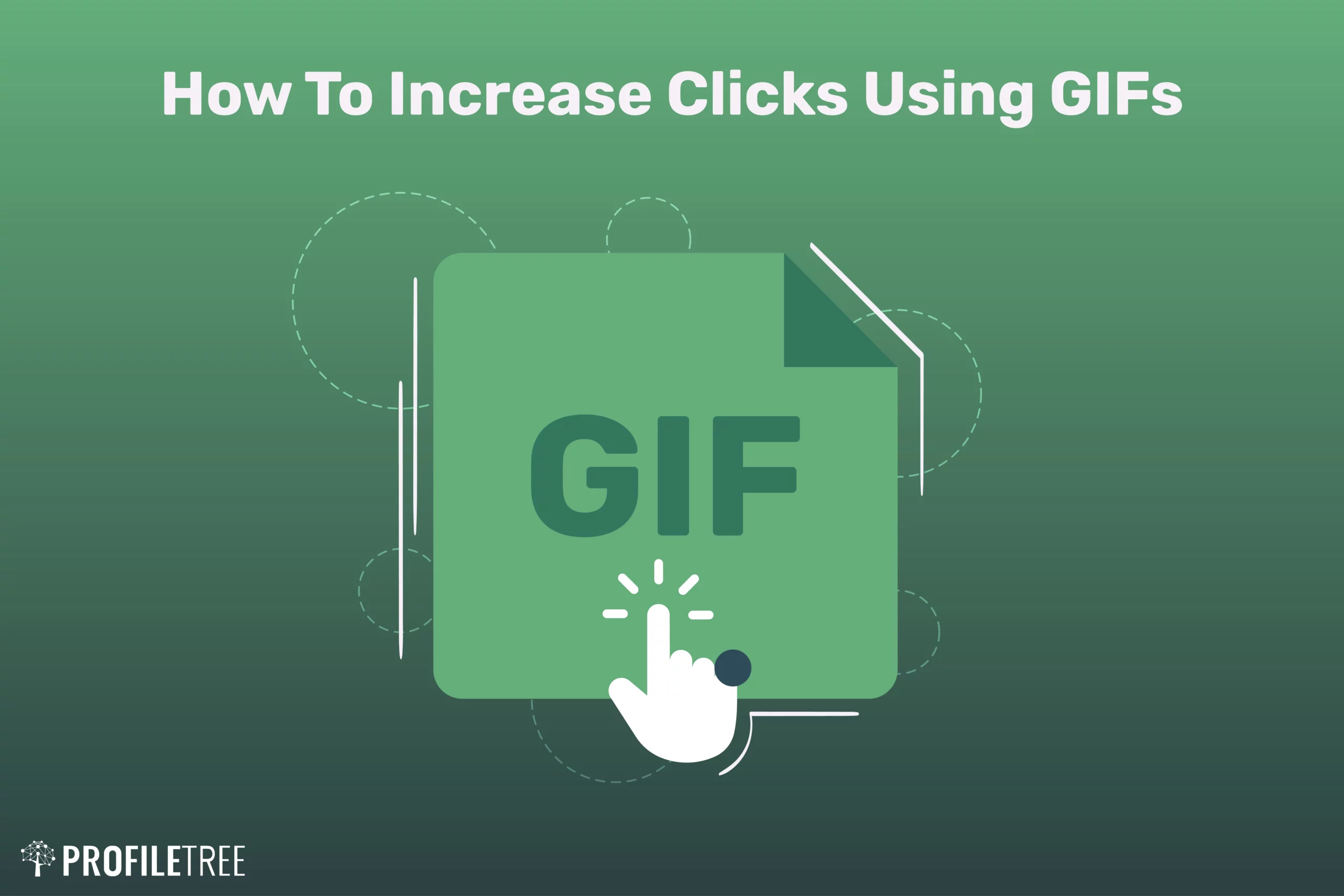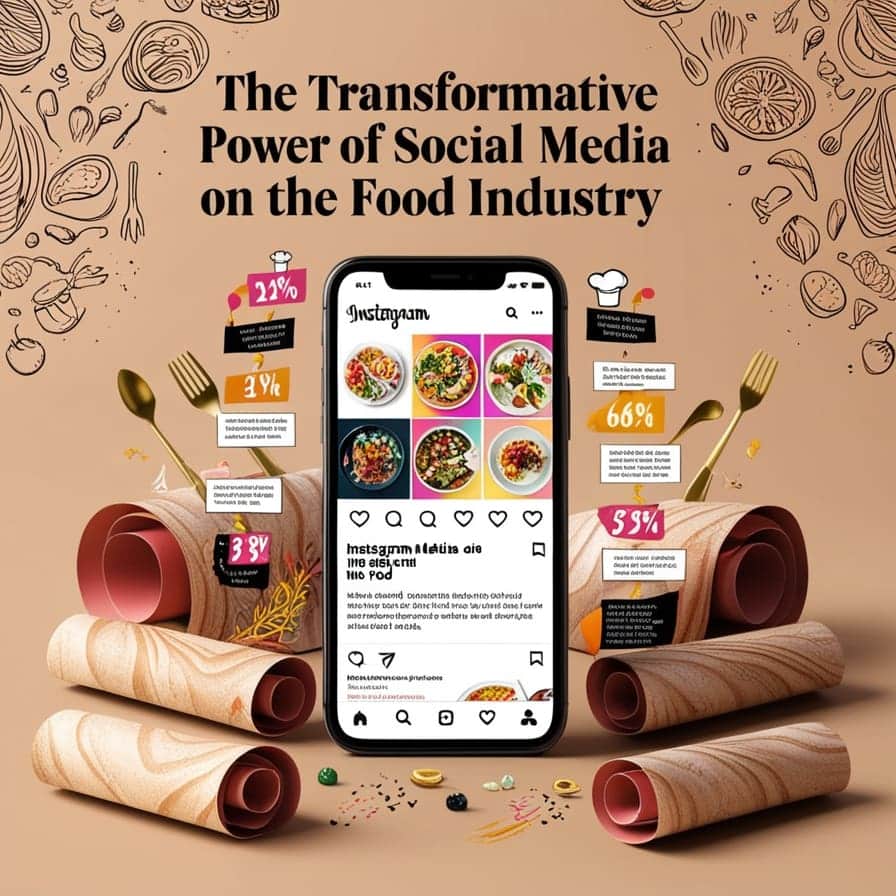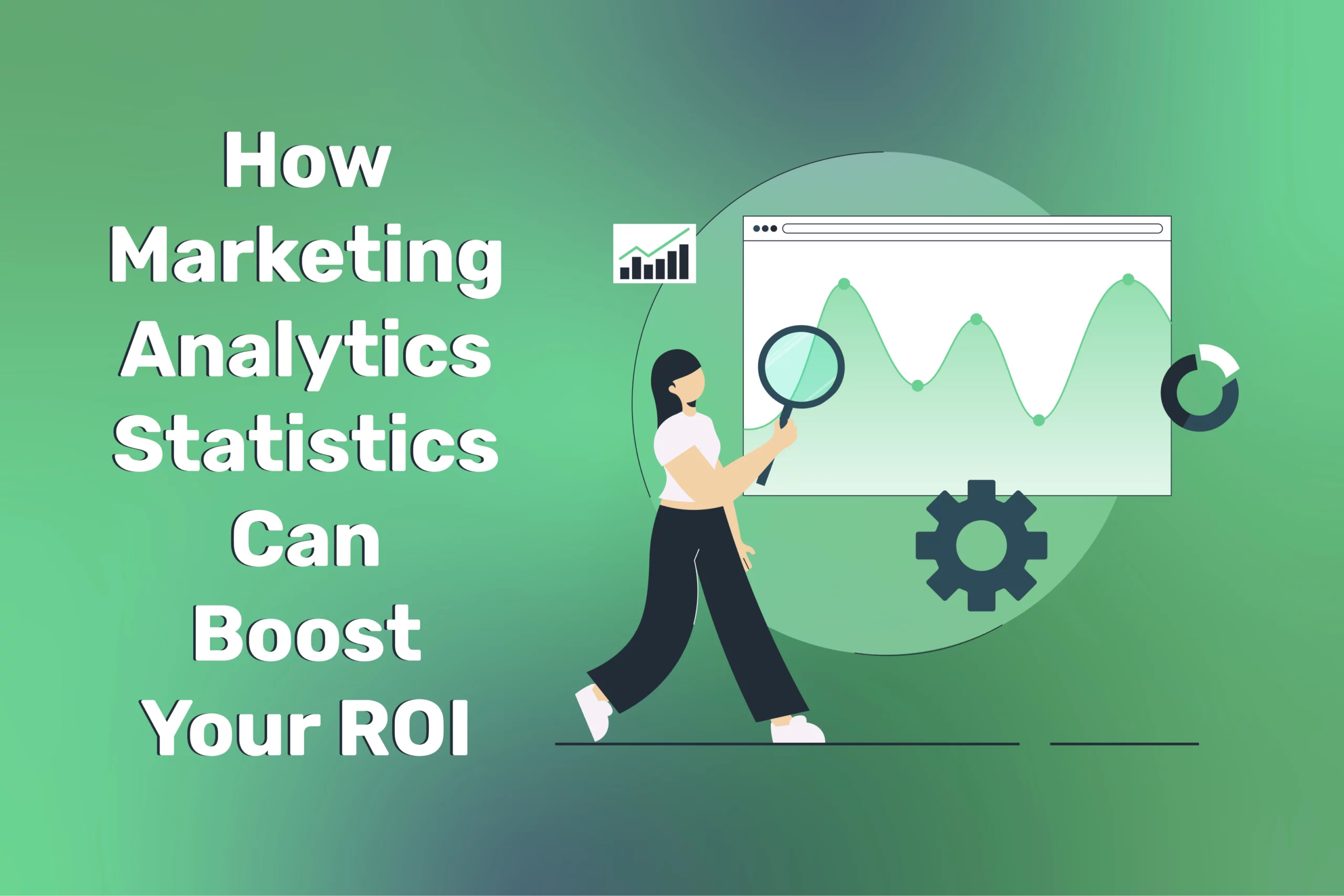100 Ways Social Media Has Shaped the Food Industry With Interesting Statistics
The popularity of social media platforms is on the rise significantly, especially in the last decade. These platforms have managed to impact all aspects of our lives, reshaping how we communicate with one another. Yet, that’s not the only aspect in which social media has excelled; it has also impacted businesses, and the food industry is no exception.
In the past few years, food-related content has been prominently surging. It promotes all sorts of dietary lifestyles, showcasing dishes from the world’s most prominent cuisines. Today, food goes beyond providing nutritional requirements essential for leading a healthy life. Food has transformed into a form of art in which chefs and different brands compete to bring their creations to the light.
Big brand names have hopped on the trends despite being known for long years before social media was introduced. Yet, they had to adapt to the new changes to remain ahead of their games. You can now easily access the menus of your favourite restaurants with a few taps on your little screen.
It’s undeniably clear that food and social media are now inseparable, reshaping the food scene and offering unprecedented diversity in culinary experiences. The impact of social media on our culinary experiences is remarkable and deserves a profound exploration into the different outcomes we witness today.
The Emergence of Food Blogging and Food Bloggers
Expert chefs and huge brands once dominated the food industry. Thanks to social media, anyone with something to say about food can start a blog, share recipes, and offer reviews. Food blogs are more like public diaries that require no rules or skills to take off; however, some are still more popular than others, depending on a few factors.
Social media users are more inclined towards original content that is easy to access and still offers authentic information. This criterion has created some challenges for food bloggers, especially those looking to monetise their blogs rather than leisurely share their content.
Food Photography
Let’s not forget about food photography, a commercial photography genre used for marketing and advertising. This form of art is the most critical part of the marketing strategy of businesses in the food industry. No matter how good your recipes are, you won’t leap in the food industry without properly promoting your delectable dishes through perfect photos that invoke curiosity.
Whoever said that the “eye eats first” couldn’t be more right. Presenting food by highlighting the dishes’ vibrant colours and irresistible texture goes a long way in launching success in the food industry. It’s essential to know that food photography holds immense significance in awakening viewers’ gastronomic desires.
So, suppose you want to get into the food industry through social media. In that case, there is pretty much everything you need to master: authentic content, mouthwatering photos, and a basic understanding of social media algorithms. While it sounds pretty simple, the competition is higher than you may think, given that everyone has access to social media nowadays.
Statistics on the Number of Food Bloggers and Food-Related Content Across Various Platforms
- Food blogs have been significantly on the rise, increasing 12% since 2015.
- America alone is home to around 32 million food bloggers.
- Food blogging is the niche with the highest percentage at 42.8% monthly.
- Around 42% of food bloggers depend on social media ads for their income, while 11% depend on sponsored posts and 10% depend on affiliates.
- 75% of food bloggers claimed they had created their blogs merely for personal satisfaction.
- There are almost over 600 million food blogs online today.
- Every year, two billion food blog posts are published.
- Food blogs are deemed the most profitable niche, whopping at an average of $9,170 monthly.
- 4.64% of food bloggers on Twitter focus on food travelling, 18.94% on fast food, 32.95% on home-made food, and the majority focus on healthy lifestyles, a whopping 34.92%
- 27% of food bloggers confessed to creating their food blogs just to get recognition from their blogging peers.
- 39% of Instagram users explore food content, with 27% sharing food-related videos and photos.
- The hashtag #food is used on Instagram 250 million times every month.
Social media has reshaped the relationship between food and people, where some perceive food as their passion. Although this has been the case for years or even centuries, social media has helped showcase that interest to the world. The power of social media is undeniable, so it’s safe to say that it has highly influenced the business in the food industry.
International and local food brands have implemented social media in their marketing strategy to cope with today’s fast-paced life and rapid changes. Online platforms are quite significant for restaurants and food businesses to target their audience and build trust while increasing their sales significantly.
If you’re a business owner in the food industry, it’s important to note that generating traffic and driving people to your products don’t solely rely on your marketing campaigns. Food bloggers now have voices louder than ever, and their online reviews can make or break your brand, especially if they’re among those with thousands of followers and immense popularity.
Not only do food bloggers and well-known chefs affect the food industry through social media, but regular users do as well. Reviews from social media users play a vital role in influencing food businesses. So, your brand image is critical in promoting purchasing decisions, but winning over social media users goes a long way in staying on top of the game.
Statistics on Food Blogging Influence on Businesses in the Food Industry
- 75% of Facebook users chose restaurants based on reviews and comments from other consumers.
- After looking them up on TikTok, 55% of users paid restaurants a visit.
- Food ordering through social media has grown by almost 300% in the past decade.
- The marketing of food influencers is expected to increase at a rate of 43% by 2024.
- 88% of social media users rely on online reviews in choosing diners rather than personal recommendations.
- 82% of American restaurants resorted to social media as their leading marketing and advertising platform.
- 90% of restaurant visitors look up the restaurant on social media beforehand.
- 92% of food consumers resort to online reviews before deciding on specific restaurants.
- 22% of customers are compelled to visit a food store based on its presence on social media.
The Psychological Effects of Heavy Food Content on Eating Habits
Undeniably, social media has played a pivotal role in the food industry. Yet, it hasn’t only impacted the marketing strategies and purchase decisions of online food businesses but also influenced the way people interact with food. The brain is a mighty organ that can tip you in different directions in life, and the same could be said about your eating habits.
What you feed your mind on social media can significantly affect what you put into your mouth. That’s where the role of food photography barges in, where mouthwatering images of perfect food make you feel hungry. Before taking it too far and blaming social media for the increased number of obesity, it’s also important to note that healthy eating has been heavily promoted lately.
People now have multiple choices in the food industry regarding the most suitable food for their lifestyles. Although fast-food chains are still heavily trending on the market, the latest food trends are more inclined towards healthy eating. Today’s food-related content promotes cutting out dairy and meat or following the renowned pescatarian diet.
Believe it or not, many social media users buy these vast headlines. While there’s nothing wrong with choosing your diet, some do it because of peer pressure to follow the trends.
- 69% of teenage girls with eating disorders admitted that polished images of models and celebrities contributed to their food habits.
- 12% of individuals admitted to going for dairy alternatives in public but resorting to regular dairy at home.
- 49% of Gen Z were embarrassed to order dairy products in front of their friends.
- 54% of online users resorted to locally sourced food to follow a sustainable diet.
- 41% adopted plant-based diets due to social media pressure.
- Americans consume 31% more packaged food, believing it’s faster and easier to prepare than fresh food.
The food industry today has a new form thanks to the profound influence of social media. Online platforms have undeniably revolutionised marketing and advertising strategies but have also impacted how we approach our dietary choices. It’s essential to harness the power of social media wisely to give a wide berth to detrimental outcomes like unhealthy food habits and eating disorders.








